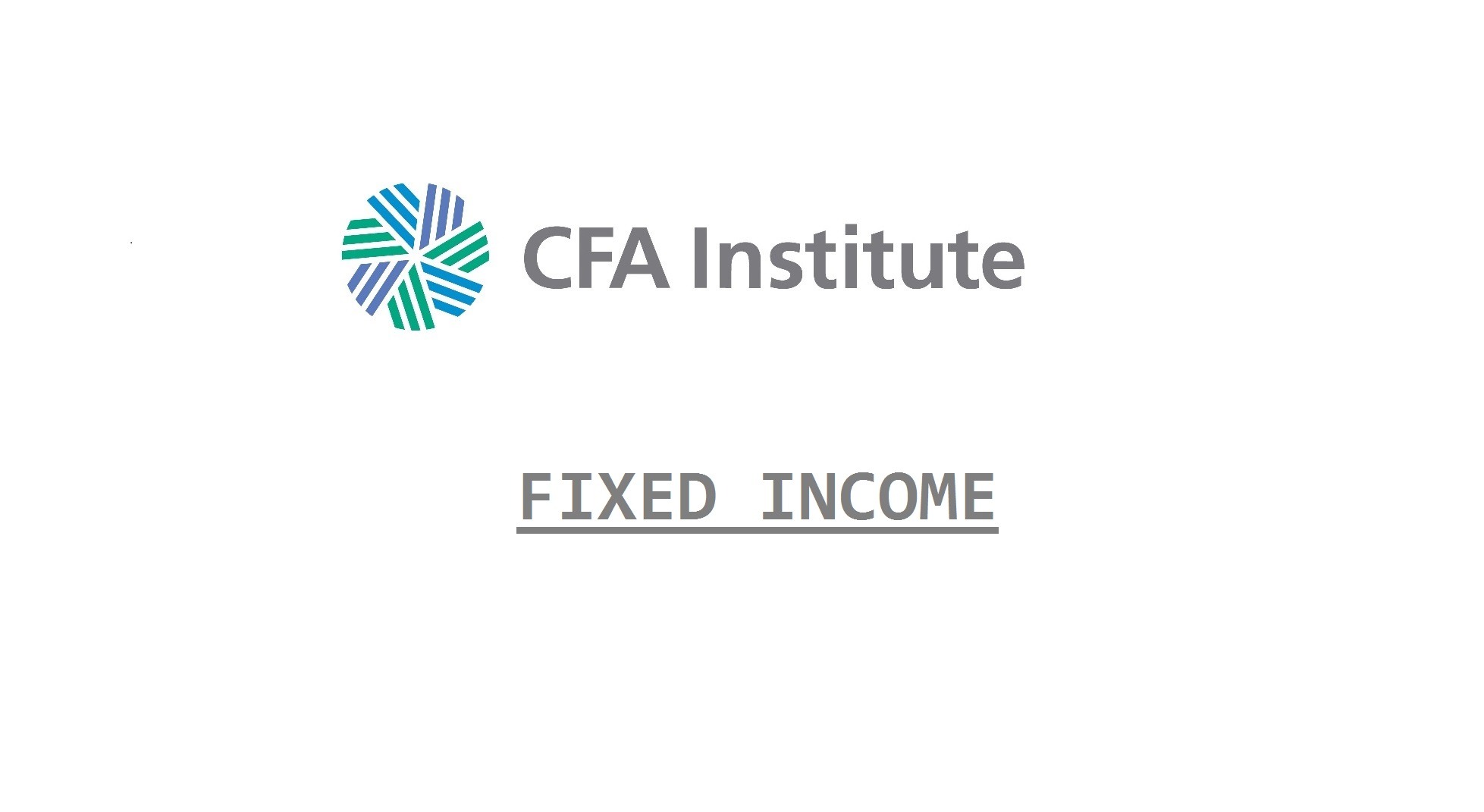It is beneficial to have greater convexity when large changes in rates are expected. The convexity will magnify value gain when rates decrease and cushion price loss when rates increase. However, there is likely to be a cost in the form of lower yield (and income from the portfolio).
Barbell vs. Bullet Structure
- To increase convexity, the more distributed future cash flows of a barbell will have higher convexity, but lower yield.
- To decrease convexity, the more concentrated future cash flows of a bullet will have lower convexity, but higher yield.
Generally, shifting between barbell and bullet structures has only a modest impact on convexity, holding total duration the same. Options can have a much more dramatic impact on convexity.
Options on Bonds
- Long call options on bonds (or on bond futures contracts) increase in value as the underlying increases. Thus they provide increased upside as bond prices increase and rates decline. More upside means more positive convexity.
- Long put options on bonds (or on bond futures contracts) increase in value as the underlying decrease. Thus they reduce the downside as bond prices decline and rates increase. Less downside means more positive convexity.
To adjust convexity using bond options:
- Buy call and/or put options to increase convexity. The premiums paid to buy the options effectively reduce the yield earned on the portfolio.
- Sell call and/or put options to decrease convexity. The premiums received from selling the options effectively increases the yield earned on the portfolio.
Many portfolios have constraints that restrict the use of options. The use of bonds with embedded options can be an alternative way to adjust convexity.
Bonds with Embedded Options
- Callable bonds can be decomposed as an option-free bond and a short call position on the underlying bond. If rates decline the issuer’s right to call the bond increases in value and the price upside of the bond is limited. Thus the callable bond has diminished in value given its negative convexity (at lower rates) compared to an otherwise equivalent option-free bond. Callable bonds have a higher yield than an equivalent option-free bond.
- Mortgage backed securities (MBSs) behave in a similar fashion to a callable bond. Although the behavior of a pool of borrowers in an MBS is typically more difficult to predict than the behavior of a callable bond issuer, if rates decline, the borrowers have an incentive to prepay the mortgages. This limits the price upside of the MBS as rates decline. MBSs offer a higher yield than other bonds for equivalent duration and credit quality.
- Putable bonds are the economic opposite of callable bonds. They can be decomposed into an option-free bond and a long put position on the underlying bond. If rates increase, the owner of the bond can put the bond to the issuer. The owner’s right to put the bond increases in value and reduces the price downside of the bond as rates increase. Thus the putable bond has increased positive convexity (at higher rates) compared to an otherwise equivalent option-free bond. Putable bonds have lower yield than an equivalent option-free bond.
To alter portfolio convexity:
- Increase holdings of callable bonds and MBSs and/or decrease holdings of putable bonds to decrease convexity (and increase yield).
- Decrease holdings of callable bonds and MBSs and/or increase holdings of putable bonds to increase convexity (and decrease yield).
